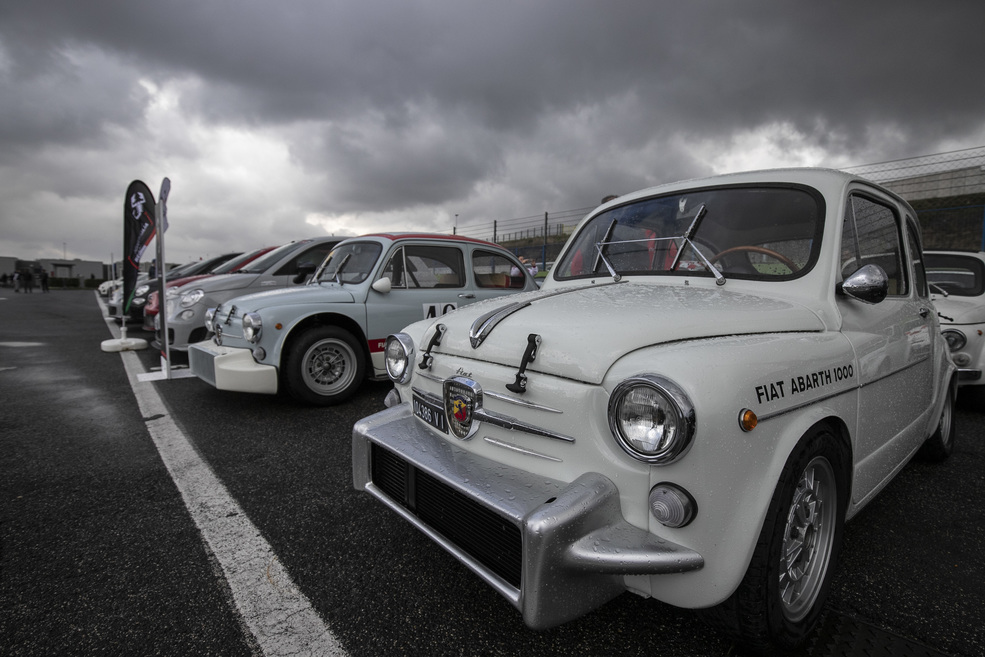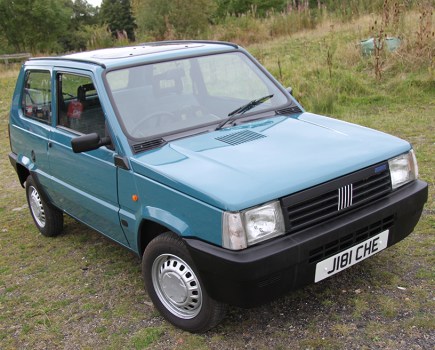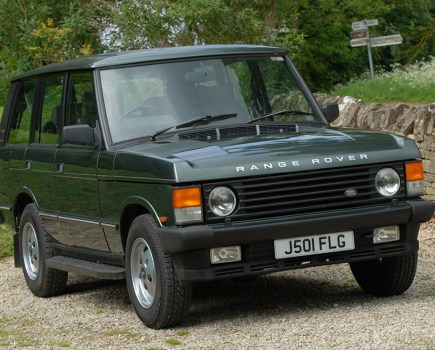We consider the tuning firms turned car makers, from Abarth to JaguarSport.
We recently received an email from a reader suggesting that we should amend our regular price guide to list Alpine separately since in its early days it was a car maker in its own right. These days the brand is very much part of Renault of course but remains technically a separate marque and it’s not alone in this.
Perhaps the best-known of all is AMG. Now an in-house brand of the mighty Daimler AG, the name AMG has always been synonymous with upgraded Mercedes models but ironically began in the early ’60s when Mercedes decided to cease its racing activities. Two engineers working on a motorsport version of the 300SE working after-hours at home and when it was run in a private entry in the German touring car series it promptly picked up 10 wins. This gave Hans-Werner Aufrecht and Erhard Melcher the confidence in 1966 to go it alone and to their own initials they added a G for their home town of Grossaspach to create AMG.
In an opposite of our own Lotus, the founders’ vision was to use motorsport to develop performance road cars and naturally they focused on Mercedes. By the ’80s the firm had moved into providing their upgrades as standard packages, usually finishing them off with their own distinctive five-spoke wheel design.
In 1990, a cooperation agreement was signed allowing the AMG product to be sold and serviced through Mercedes dealers, an arrangement later extended to the development of complete cars. The first of these was the C36 AMG, running a 284 bhp AMG-tuned version of the Mercedes straight-six engine. The legendary AMG V12 and V8 engines followed and in 1990 Aufrecht as the majority shareholder sold a controlling stake in AMG to what was at the time known as DaimlerChrysler. The firm formally became Mercedes-AMG GmbH at this point, focusing purely on road car development.
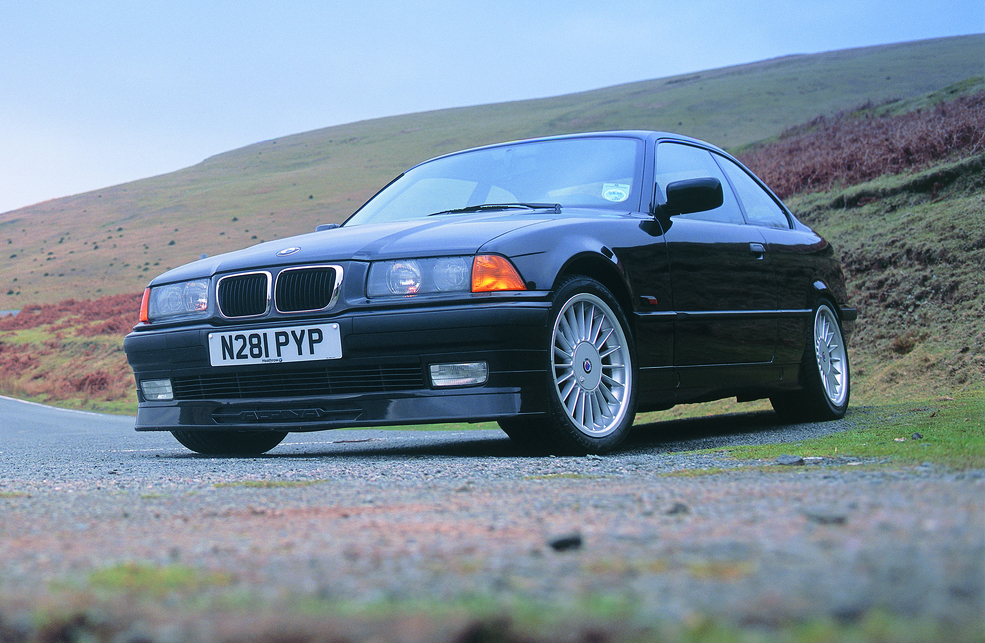
BMW’s answer to AMG is Alpina and both are technically regarded as manufacturers in their own right – open the bonnet of any Alpina model and you’ll see both the original BMW chassis number and an Alpina number.
Beginning life as a typewriter maker, Alpina took its first steps in the automotive world with a twin Weber conversion for the BMW 1500 ‘Neue Klasse’ saloon. When this was approved for fitment by BMW without impacting the warranty, the firm went from strength to strength, providing exciting versions of BMW road cars as well as forging an impressive competition success. The key to Alpina’s success was providing combinations BMW’s mainstream model range couldn’t offer: like the B6 3.5 which saw a 7-Series engine shoehorned into the 3-Series and the turbocharged 635CSi known as the B7 Turbo Coupe.
From 1983 Alpina was recognised as a car maker in its own right. The firm supplies its own hand-built engines to the BMW production line and the cars are then delivered to Alpina’s premises for trim and final assembly.
Highlights of the modern era included the Alpina V8 roadster – effectively an automatic version of the Z8 – and a selection of 200+mph 5-Series, while modern Alpinas are always characterised by a suppleness of ride lacking in BMW’s performance models and the bespoke hand-trimmed interior.
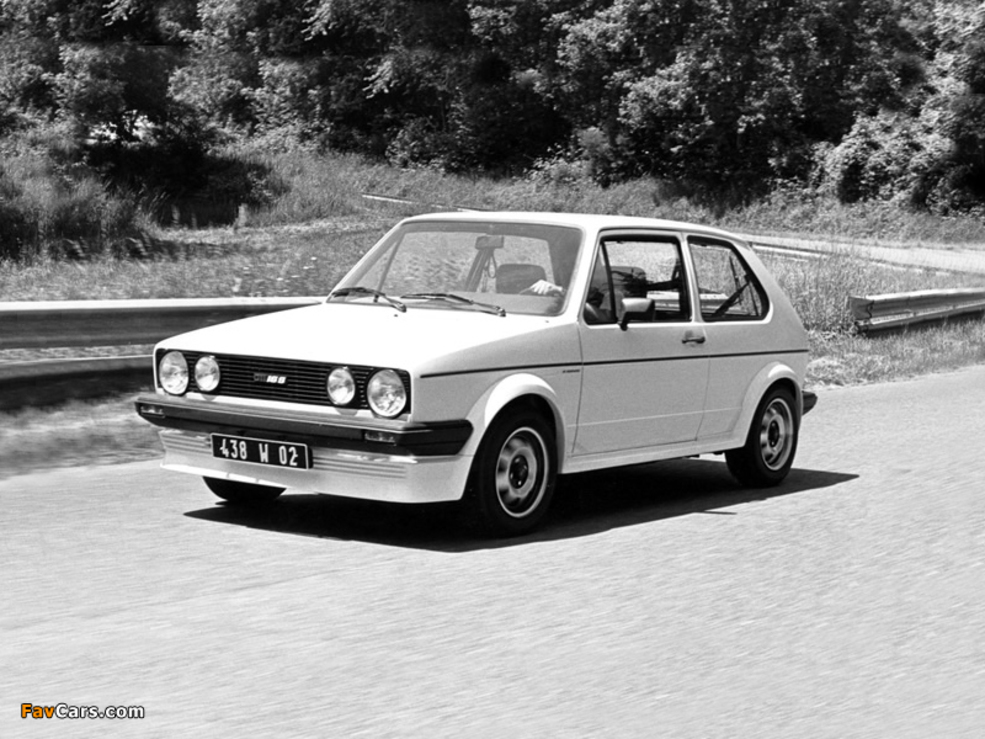
Meanwhile, Volkswagen was well served over the years by Oettinger, which began life in 1946 making go-faster parts for the air-cooled Beetle under the Okrasa name and which today can provide go-faster kit for all brands in the VW Group range… including a 500bhp Golf. Like Alpina and AMG, the German transport authority regards Oettinger as a car maker in its own right.
Closer to home, back in the early ’80s the idea of selling an openly performance-orientated Jaguar was something which as a distraction to a firm struggling to get on with the serious business of making road cars profitably and was also something which set the marketing people twitching nervously. The demographic of the Jaguar buyer back then was very different from the Yuppies wanting faster GTI’s and so it was decided to establish an arms-length operation to produce a more overtly sporting range of cars.
A joint venture was duly created in collaboration with Tom Walkinshaw, whose TWR operation had successfully been racing the XJ-S and traded under the name JaguarSport, headquartered in what would later become the Aston Martin DB7 factory. The operation would produce the early XJRs with bodykit and suspension upgrades, before adding a 380bhp, 6-litre development of the V12 in the XJR-S. TWR would go on to develop and produce the XJ220 of course, but when the XJR branding proved to be a success, production of the later supercharged models was taken in house.
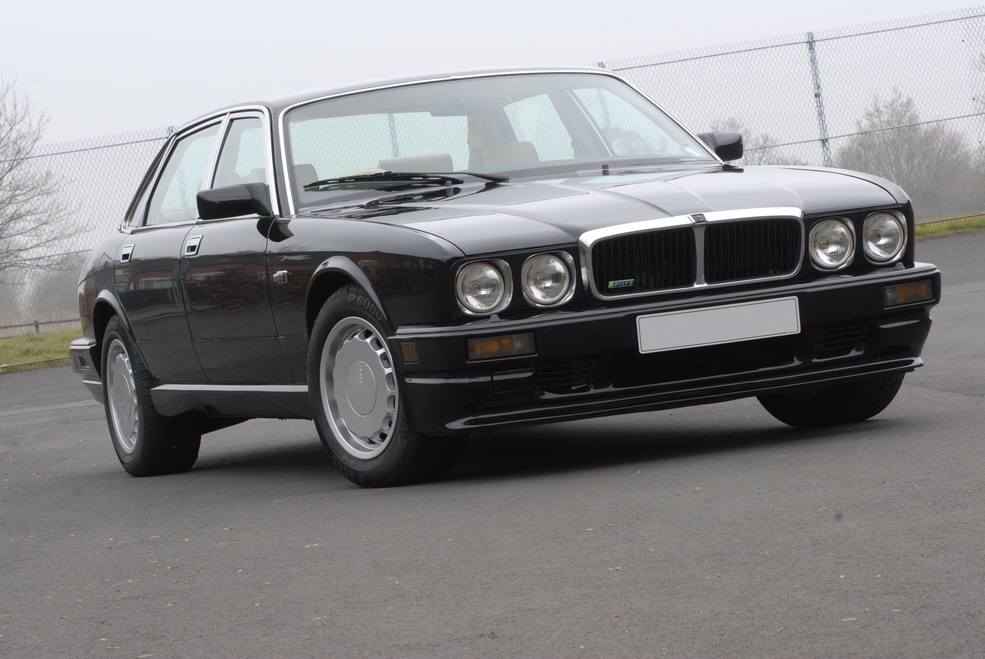
Oh and we couldn’t end without considering Abarth. Now a brand tacked on to mildly warmed over Fiats, the badge does have real heritage and a credible motorsport pedigree – but always with Fiats, often seen racing with their engine lids propped open to aid cooling. The firm became a wholly-owned subsidiary of Fiat Auto in 1971, operating as the parent group’s racing division. The winning didn’t stop though, with the Fiat 131 Abarth a winner on the world rallying stage.
Abarth himself passed away in 1979 and the Abarth name was sidelined for a while, the company ceasing to formally exist although the name was used as a trim level on some Fiat Group models. In 2007 though, Fiat woke up to its potential and relaunched Abarth & Co as a separate company under Fiat ownership. It may have been a largely symbolic marketing exercise but cars like the Abarth 500 and 500SS perfectly encapsulate the frenzied pace of those ’60s Abarth-tuned Fiats.
